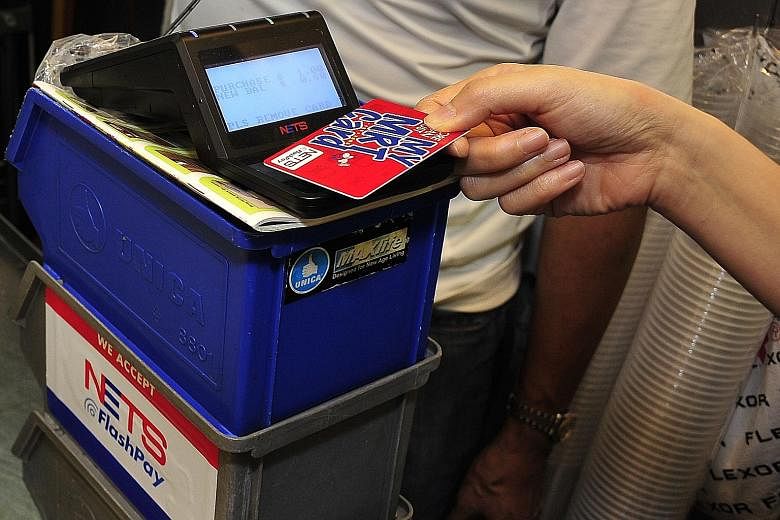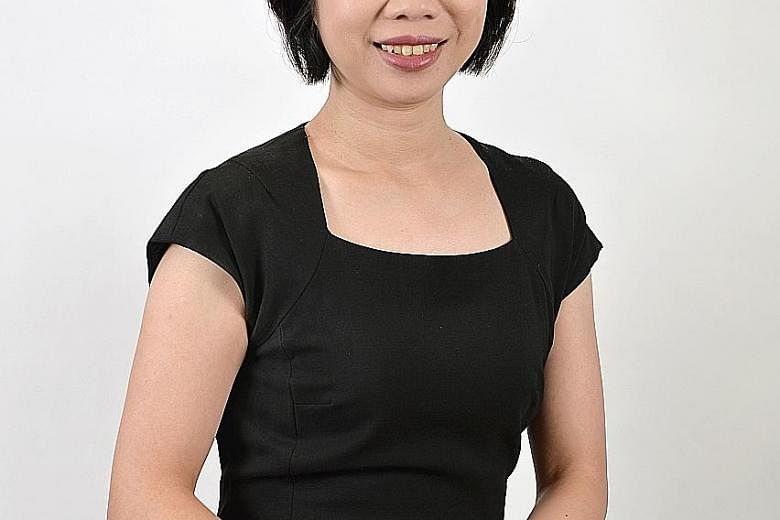One in five food and beverage outlets - or about 1,400 establishments - in Singapore have adopted digital solutions to improve their productivity, as of March.
And the Government is setting a target for 50 per cent of all F&B outlets to adopt digital service solutions by 2020, Senior Minister of State for Trade and Industry Sim Ann told Parliament yesterday.
She was responding to Nominated MP Randolph Tan, who asked about factors preventing the large-scale adoption of digital ordering and cashless payment systems for small food stalls, such as those in coffee shops and hawker centres.
Ms Sim noted that factors such as habit, cost of adoption and lack of inter-operability continue to affect the take-up of digital technologies, but there have been initiatives to address these challenges.
"First, for greater convenience of use, the Monetary Authority of Singapore (MAS), along with other agencies, is working with payment service providers to make essential payment modes available in a single device," she said.
A stall offering cashless payment often has to operate several different payment devices due to a lack of integration between credit card and Nets payment, for instance, creating an additional cost burden.
To offset the adoption costs, both the National Environment Agency and Spring Singapore provide grants for digital service solutions. The two agencies are also working with the MAS to explore using models which do not require separate equipment or those that use existing equipment.
"This could include the use of QR codes for payment," Ms Sim noted. Similar to bar codes, QR codes store product information that is readable by electronic devices.
Meanwhile, the Government is directly promoting the adoption of technologies, and last year launched two tenders for productive coffee shops in Tampines and Choa Chu Kang. "More productive coffee shops will be launched, and we have set a target to have 100 of these by 2020," she said, adding that half of all outlets are expected to have adopted digital services by then.



